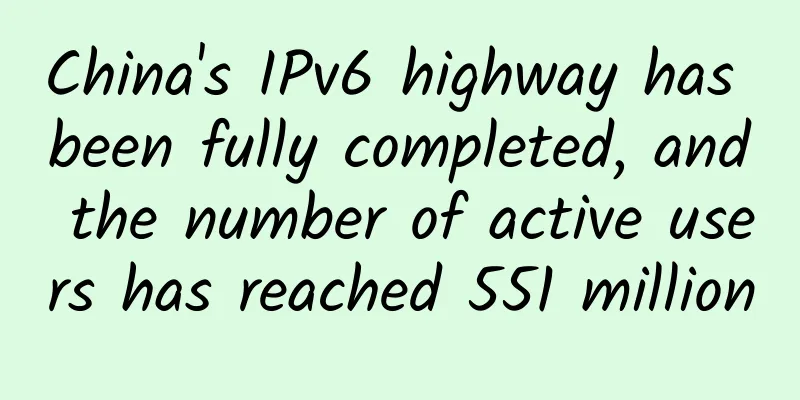What 5G means for the real-time data market

|
5G, the next generation of cellular network technology that will become widely available this year, could make real-time data more useful than 4G technology—but the technology could also create new challenges for businesses. Data is more important than ever for businesses. Fortunately, new technologies—such as the development of IoT devices and sensors that can collect data in real time, as well as advanced analytics—have made reliance on real-time data feasible.
Experts expect 5G to increase network connection speeds and allow more devices to continuously collect, send and receive data. This change could have a significant impact on real-time data, which has been limited by the speed and connection capacity provided by 4G in the past. How 5G will impact the real-time data market 5G, the next generation of cellular network technology, began rolling out across the country last year. However, a number of obstacles, including a lack of 4G-compatible modems and the necessary technology and infrastructure, have prevented widespread 5G deployment. This year, things may be different. The major carriers plan to deploy 5G across much of the country while adopting new technologies to fill in some weak links. The technology will offer a significant upgrade over 4G – higher speeds, lower latency, support for high connection density, less interference and greater network efficiency. 5G will be the fastest data network yet, with speeds about 100 times faster than 4G. With that comes a surge in data-driven devices, such as self-driving cars. Experts have designed networks around new technologies that will make these devices more connected. For example, 5G is centered around multi-access edge computing (MEC), which enables cloud computing at the edge of 5G networks. This shift brings real-time, low-latency network access to the edge of the network, where a large number of end devices exist. Other new technologies expected to be deployed alongside 5G, such as massive MIMO and edge networks, will also make it more practical to connect large numbers of devices without compromising the strength or consistency of their connections. This shift means better connectivity for all devices on the network, including real-time data speeds, low latency, and increased bandwidth. The upgrade will make real-time data applications more useful, especially those that rely on dense clusters of sensors that may have been hampered in the past by the limited capacity of 4G networks, which have difficulty providing connectivity to many devices in close proximity. This will also enable further growth and greater reliance on real-time data as businesses look to applications that may not have been possible before. 5G and the expected growth in real-time data collection are likely to encourage the development and upgrade of real-time data solutions. Companies that provide real-time analytics, real-time operating systems, big data technologies, and network infrastructure are likely to benefit from the growth of the real-time data market. They will also need to upgrade their products to support the massive amounts of data that 5G networks can handle. How businesses can take advantage of 5G 5G will make it possible to further expand current real-time data collection strategies by adding more devices without the need for wired connections or worrying about interference. This is undoubtedly good news for companies looking to expand their real-time data strategies. If businesses want to take advantage of 5G networks to handle large amounts of data, they may need to upgrade their network infrastructure and technology. Investing in AI analytics tools, improved networking technologies, or popular real-time operating systems will enable companies to create a data collection infrastructure that can handle the high levels of simultaneous input and constant data flow that 5G will bring. However, an important issue that 5G may bring is the security of network information. Because more core functions of the network - control functions and secure critical infrastructure - are moved to the edge, hackers may be able to enter more easily. This could reduce the security of connected devices. Enterprises need to pay special attention to the security of their real-time 5G devices, otherwise, it may jeopardize the security of their information or networks. How 5G will impact real-time data The next generation of cellular network technology is likely to have a significant impact on real-time data. The high speed, high connection capacity and low latency provided by this technology will make large-scale applications of real-time data more practical. Businesses that use real-time data will also benefit. However, they will need to prepare for some of the challenges that 5G may bring - including the massive amounts of data collected that could overwhelm current networks, and potential security issues with 5G's distributed systems. |
<<: What spectrums do the three major operators use?
>>: Wi-Fi 6E: When will it arrive? What will be the impact?
Recommend
The impact of the novel coronavirus on remote networking
As the new coronavirus spreads widely, many compa...
An article to reveal the hot and cold knowledge of SRv6, the "newcomer" of the network
IPv6, the "Speed and Furious" of Next...
iOVZ: 48 yuan/month - dual core, 2G memory, 50G disk, 5M, Korean three-network SK line
iOVZ Cloud's regular promotion this month is ...
HPE Aruba Networking: IT leaders lack awareness of how networking can enhance the employee experience
At present, the demand for hybrid office continue...
The 5G era is coming soon. If you don’t answer these 10 questions, you will be left behind.
Ultra-fast "fifth-generation 5G" mobile...
2018 Yunnan-Huawei Software Industry Summit was held on December 20
The 2018 Yunnan-Huawei Software Industry Summit w...
Sharktech: Los Angeles E3 high-security 1Gbps unlimited traffic server starting at $59/month
Sharktech is a computer room that focuses on high...
Google acquires the developer of Job Simulator and plans to develop VR content
Today, Google announced that it has acquired Owlc...
NDRC: Strengthen new infrastructure such as 5G and industrial Internet to promote integrated innovation of technologies such as AI
At 10 a.m. on March 23, 2020, the Joint Preventio...
spinservers: $25/month - 4 cores/16GB RAM/40GB hard drive/10TB@1Gbps/San Jose data center
spinservers recently released a VPS ready for pal...
On the eve of large-scale commercial use of 5G, private LTE networks will take the lead in IoT applications
In the past few days, South Korea and the United ...
The Impact of WiFi Chipsets on Internet Speed and Performance
In today's fast-paced digital world, a stable...
5G and the Internet of Things: What does it mean for the telecommunications industry?
Today, in the telecommunications sector, 5G and I...
Bluetooth, WiFi and Zigbee: Which wireless technology is better?
Wireless technology is all the rage these days! F...









